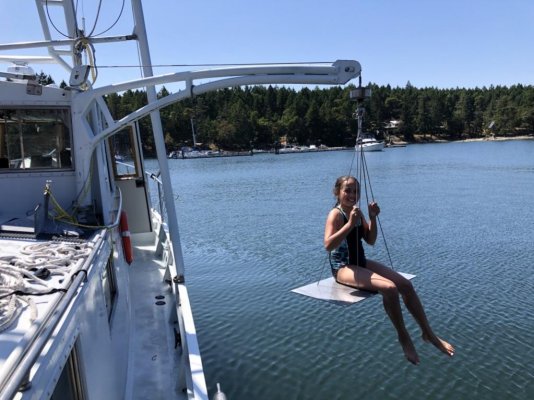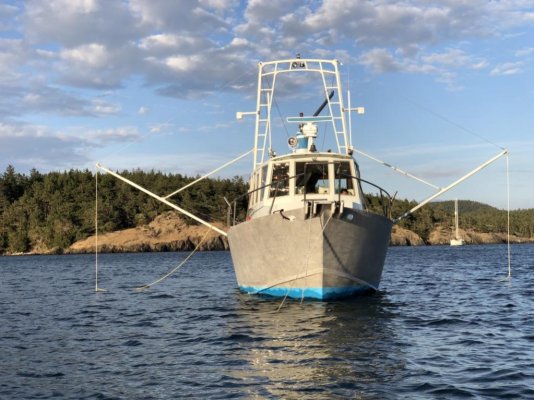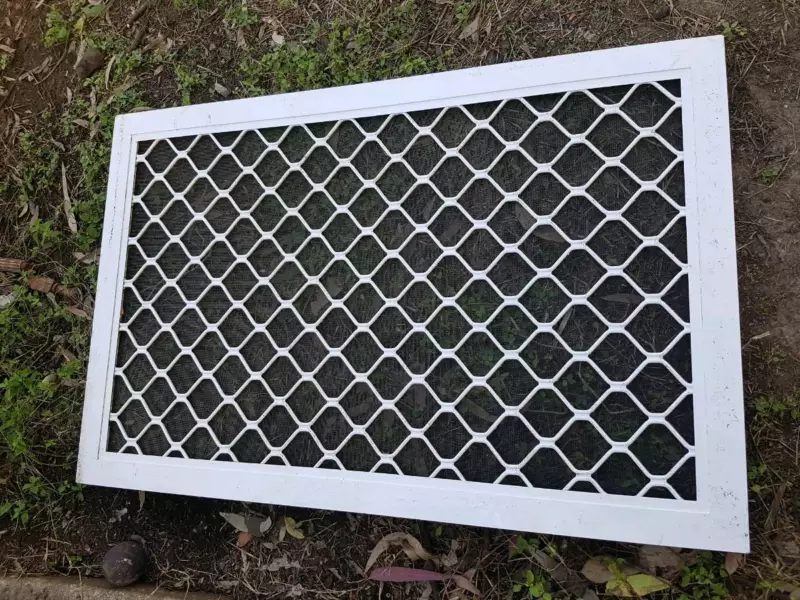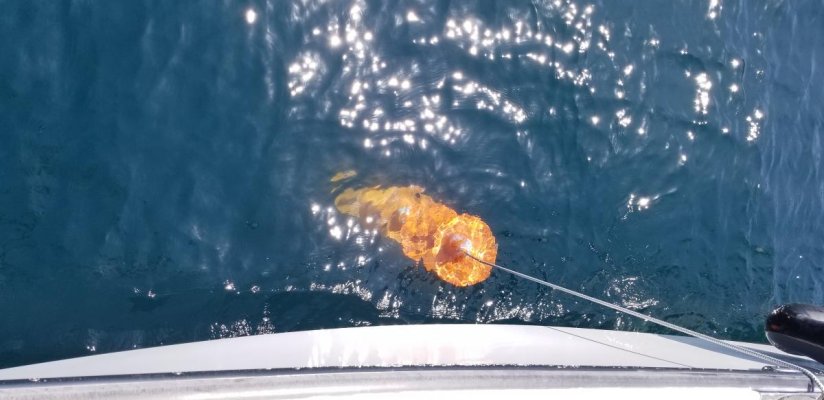There are several N40s with both. From what else is on them(SSB, watermaker etc.) looks like they were set up as passage making long range cruising boats. But defer to your experience and expertise. If we end up that way would probably use the fins as the go to and only the fish if the fins fail or to hang floppers. It’s been driven in to me by the more experienced and wiser people I know redundancy is a great thing on a boat. Particularly when your fallback is simpler. (No hydraulics, electronics or power needed). The loop is out unless the bride has an epiphany and says forget Nordhavn I want a KK. Personally not all that keen on the loop. Figure much the same as the ditch in places. For the parts of the ICW I would likely do I’ve done with 65’
The buyer's of Nordhavn's tend to 'check all boxes.' I'm sure PAE does pretty well on add-ons alone. Buying one used means you often get a lot of value for the money, assuming you value stuff like two radars and $25k searchlights.
As a guy with a 36-foot trawler, all I can say is sooner or later, you run out of room for redundancy. I totally get the desire for a wing engine, but I think if I were that concerned, I'd go with a twin-engine setup like the Defever 44. The feathering prop on the Nordhavn wing engines isn't great - better than sail.
Hippo - if you haven't found Twisted Tree's blog site, spend some time on
Adventures of Tanglewood. He had a N60 built, and is close to completing an N68 build. In a dual-act of near-heresy, he chose to (i) go with twins; and (ii) went with wet exhaust instead of dry stack. Why? I hate to put words in his mouth (especially since he's an extremely articulate writer), but if you read his early blogs, dry stack produces more heat which he had trouble evacuating on his N60; gear-driven water pumps are pretty reliable; he got tired of soot on his decks; and he preferred to have exhaust maintenance items inside the hull vs a keel-cooler. He makes a strong case and speaks from obvious experience.
My observation of Nordhavn owners is they seem to come in a few flavors: the newly-minted buyers (the check-the-box type) who are buying a dream and risk-mitigation. A large percentage take off and move on to something else in a few years, often grandkids or aging parents. They chose Nordhavn as a lifestyle brand - independence, globe girdling, 'the world is your oyster' type. They don't really know what they want, but they also don't know what they don't want so don't want any options cut-off from them. Thus the check-all-boxes. Great boat to buy second hand if you're okay with all the gizmos and doo-dads. In my experience, these bolt-ons often create their own ecosystem of support requiring larger/secondary generators, additional inverters, and all sorts of stuff that sometimes need specialized support only available at large yachting centers.
The second type of Nordhavn owner is the guy on MVDirona. I haven't watched many of his videos, but man.....the guy is a genius (I suspect Twisted Tree falls in this camp). These owners are simply not satisfied with 95% - they want 100% perfection. Often into their second or third 7-figure boat, they are super well educated on the systems and make well-informed decisions.
Of the first group, I wonder how many of these owners wash-out due to complexity of systems and constant support, and of course the expense. And I wonder how many of these complex yachts (of any brand - trawler or other) really go more than about 50 engine hours with everything working properly.
Long intro to say redundancy carries a cost. There's a difference between carrying spares and having redundancy, which is more or less hot-standby. It can be engaged without fuss. But you have to support both systems. Always. And provide the environmental, mechanical, and electrical support for both. That alone adds a lot of complexity so you end up spending a LOT of time on maintenance to avoid a possible inopportune breakdown.
Personally, I'd be careful carrying the redundancy maxim too far. It can be a trap that really distracts from cruising.
Peter



 I have these for my GB 36. I have the single boom which I use to hang one outboard, and I got another to hang from the opposite side midship cleat, but have not done so yet. I would think they recover and drop faster than the inverted cones or drogues, getting them ready more quickly for the up roll. I would like to figure a way to rig a pole on the opposite side because theoretically it should be all about the distance from mid line to slow the roll, but so far have not been able to do so on the GB.
I have these for my GB 36. I have the single boom which I use to hang one outboard, and I got another to hang from the opposite side midship cleat, but have not done so yet. I would think they recover and drop faster than the inverted cones or drogues, getting them ready more quickly for the up roll. I would like to figure a way to rig a pole on the opposite side because theoretically it should be all about the distance from mid line to slow the roll, but so far have not been able to do so on the GB.

